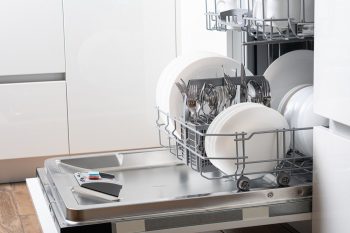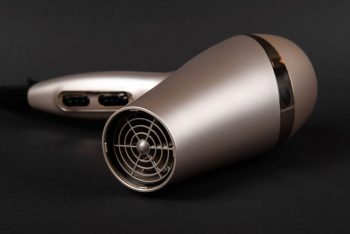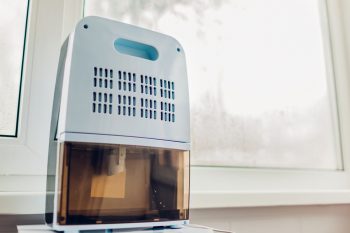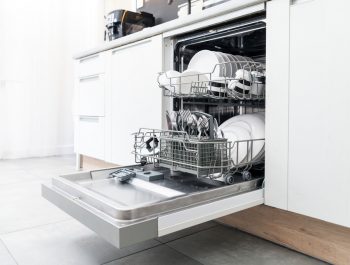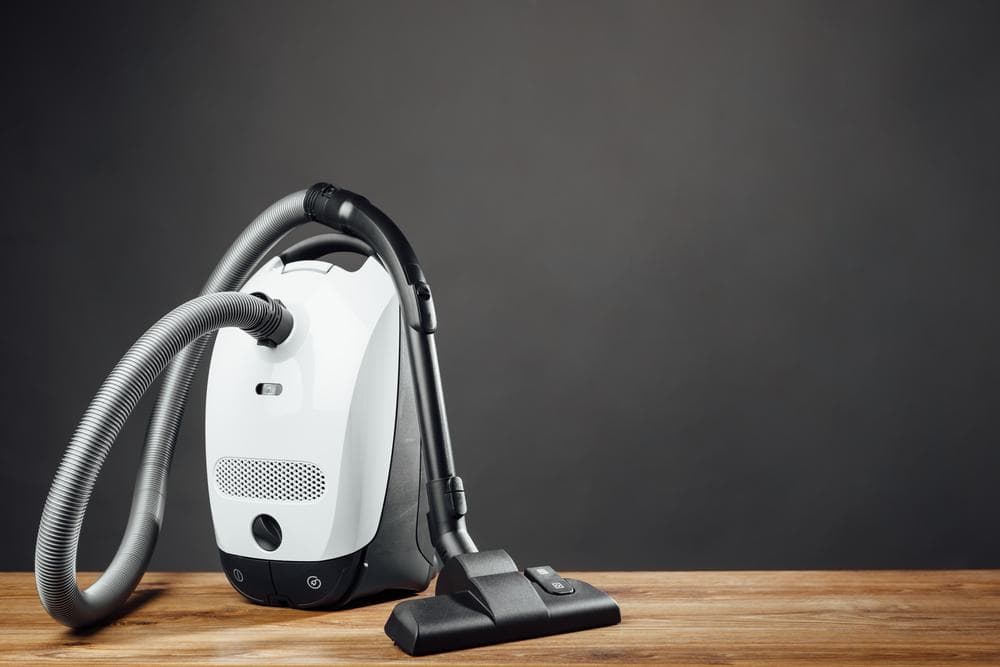
A dry vacuum cleaner is a household tool that has become a necessity in our daily lives. Designed specifically for picking up dry materials like dust, dirt, and germs, dry vacuum cleaners are an essential part of maintaining a clean and healthy living environment.
A dry vacuum cleaner is a device specifically designed to pick up and remove dry debris such as dust, dirt, and germs. It uses an electric motor to generate suction, drawing in air along with the dirt and trapping it inside a bag or collection chamber. They come in various types and models, suitable for cleaning different surfaces including hard floors, carpets, and furniture. Dry vacuum cleaners are ideal for maintaining a clean and healthy living environment.
Understanding Dry Vacuum Cleaners
Dry vacuum cleaners work by using an electric motor to generate suction. This motor drives a fan, creating a low-pressure area inside the vacuum cleaner. This action causes air to flow in through the hose or nozzle, carrying dirt and debris with it. These particles are then trapped in a collection chamber or bag, while the filtered air is expelled back into the environment.
These vacuum cleaners come in various shapes and sizes, each designed to suit different applications. Whether you need to clean hard floors, carpets, or furniture, there’s a dry vacuum cleaner out there that’s perfect for the job.
Moreover, dry vacuum cleaners are known for their superior filtration systems. Compared to wet vacuum cleaners, they’re more effective at trapping dust and allergens, contributing to healthier air quality.
Key Features of Dry Vacuum Cleaners
Dry vacuum cleaners comprise several components, each working together to ensure effective cleaning. These include:
- Intake port: This is where you attach cleaning accessories like brushes and nozzles.
- Exhaust port: This releases the air that has passed through the vacuum cleaner, now free of dirt and debris.
- Electric motor: This powers the vacuum cleaner and generates suction.
- Fan: The fan creates airflow, which is responsible for the vacuum’s suction power.
- Porous bag or collection chamber: This is where the vacuum collects the dirt and debris it picks up.
- Housing: This houses all the other components and provides the overall structure of the vacuum cleaner.
Dry Vacuum Cleaners vs Wet Vacuum Cleaners
While both types of vacuum cleaners have their uses, they differ significantly in functionality and the types of debris they can handle.
Dry vacuum cleaners are designed to clean up dry materials only, making them ideal for dust, dirt, and germs. They’re suitable for use on hard surfaces, carpets, and furniture. Wet vacuum cleaners, on the other hand, can handle both wet and dry messes, including liquid spills.
The choice between a dry vacuum cleaner and a wet-dry vacuum cleaner largely depends on your specific needs and cleaning requirements.
Types & Models of Dry Vacuum Cleaners
There’s a wide variety of dry vacuum cleaners available in the market, catering to diverse cleaning needs. These include:
- Upright Vacuum Cleaners: These are the most common type, featuring a motor, suction head, and dustbin all in one unit. They’re suitable for cleaning carpets and hard floors.
- Canister Vacuum Cleaners: These vacuums have a separate canister connected to the cleaning head via a hose. They’re versatile and suitable for cleaning various surfaces.
- Backpack Vacuum Cleaners: These vacuums are designed to be worn on your back, allowing for increased mobility and ease of use in large or crowded spaces.
- Handheld Duster Vacuum Cleaners: These compact and portable vacuums are ideal for quick cleanups and spot cleaning.
Advantages & Disadvantages of Using Dry Vacuum Cleaners
Like any tool, dry vacuum cleaners have their pros and cons.
On the plus side, they’re lightweight, easy to maneuver, and cost-effective. They also require less maintenance compared to wet-dry vacuums, making them a practical choice for many households.
However, they do have limitations. For instance, dry vacuum cleaners aren’t designed to handle wet spills or clean up liquids. They also have less powerful suction compared to wet-dry vacuums, which can affect their ability to pick up larger debris or deeply embedded dirt.
Maintaining Your Dry Vacuum Cleaner
Regular maintenance is key to ensuring the longevity of your dry vacuum cleaner. This includes regularly emptying the dustbin or replacing the vacuum bag, cleaning or replacing the filter, checking and cleaning the hoses, and inspecting the vacuum belt for wear and tear.
Choosing the Right Dry Vacuum Cleaner
When purchasing a dry vacuum cleaner, consider factors such as suction power, noise level, design, filtration system, supplied accessories, tank capacity, weight, and size. By considering these factors, you can choose a dry vacuum cleaner that best suits your needs and provides efficient and effective cleaning.
Conclusion
Dry vacuum cleaners are versatile tools that can help you maintain a clean and healthy environment. Whether you’re using them for residential or commercial purposes, they’re a practical and reliable choice for your cleaning needs.
Frequently Asked Questions
How often should I replace my dry vacuum cleaner’s bag or empty its dustbin?
Ideally, you should empty the dustbin or replace the bag when it’s about 2/3 full. If you let it get too full, the vacuum’s suction power can decrease, reducing its cleaning effectiveness.
Can a dry vacuum cleaner handle pet hair?
Yes, most dry vacuum cleaners can handle pet hair. However, some models are specifically designed for this purpose and come with specialized tools and features, such as rubberized brushes and enhanced suction power, to effectively pick up pet hair.
What is the average lifespan of a dry vacuum cleaner?
The lifespan of a dry vacuum cleaner depends on its quality, how often it’s used, and how well it’s maintained. However, on average, a dry vacuum cleaner can last anywhere from 5 to 10 years.
Why does my dry vacuum cleaner lose suction?
A vacuum cleaner may lose suction due to several reasons, including a full dustbin or bag, a clogged filter or hose, or a worn-out vacuum belt. Regular maintenance can help prevent these issues and maintain optimal suction power.
Is a dry vacuum cleaner suitable for cleaning delicate surfaces like curtains and upholstery?
Yes, most dry vacuum cleaners come with various attachments like upholstery nozzles and crevice tools that are designed for cleaning delicate surfaces. However, it’s always a good idea to check the manufacturer’s instructions before using your vacuum on such surfaces.

